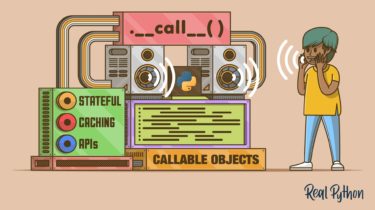Getting the First Match From a Python List or Iterable
At some point in your Python journey, you may need to find the first item that matches a certain criterion in a Python iterable, such as a list or dictionary. The simplest case is that you need to confirm that a particular item exists in the iterable. For example, you want to find a name in a list of names or a substring inside a string. In these cases, you’re best off using the in operator. However, there are many […]
Read more




